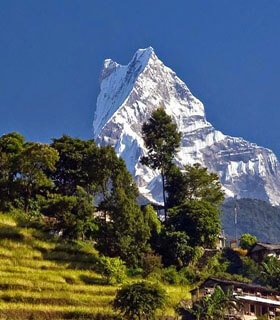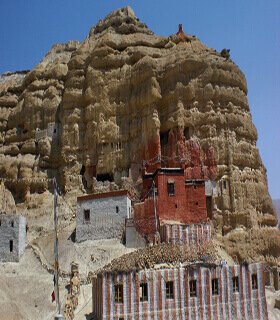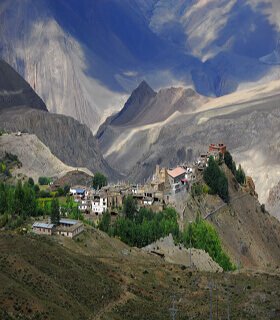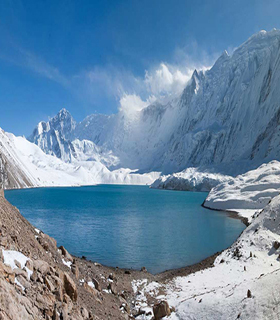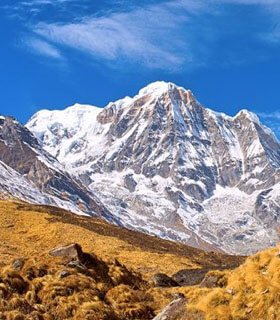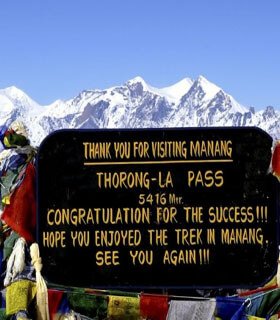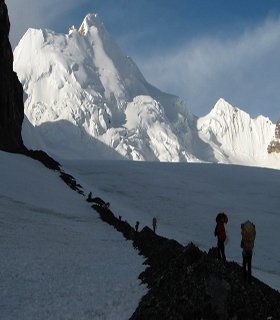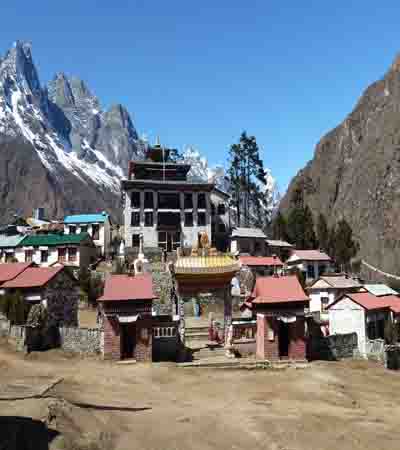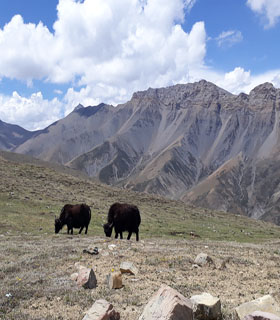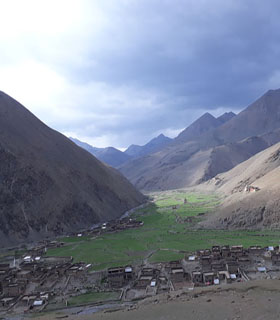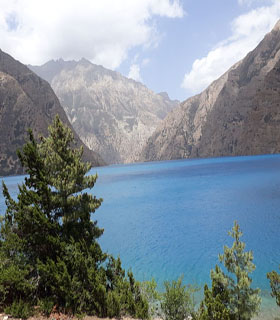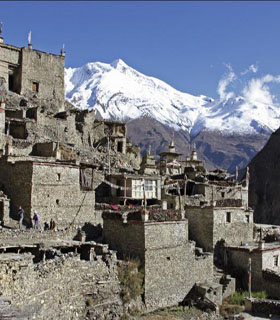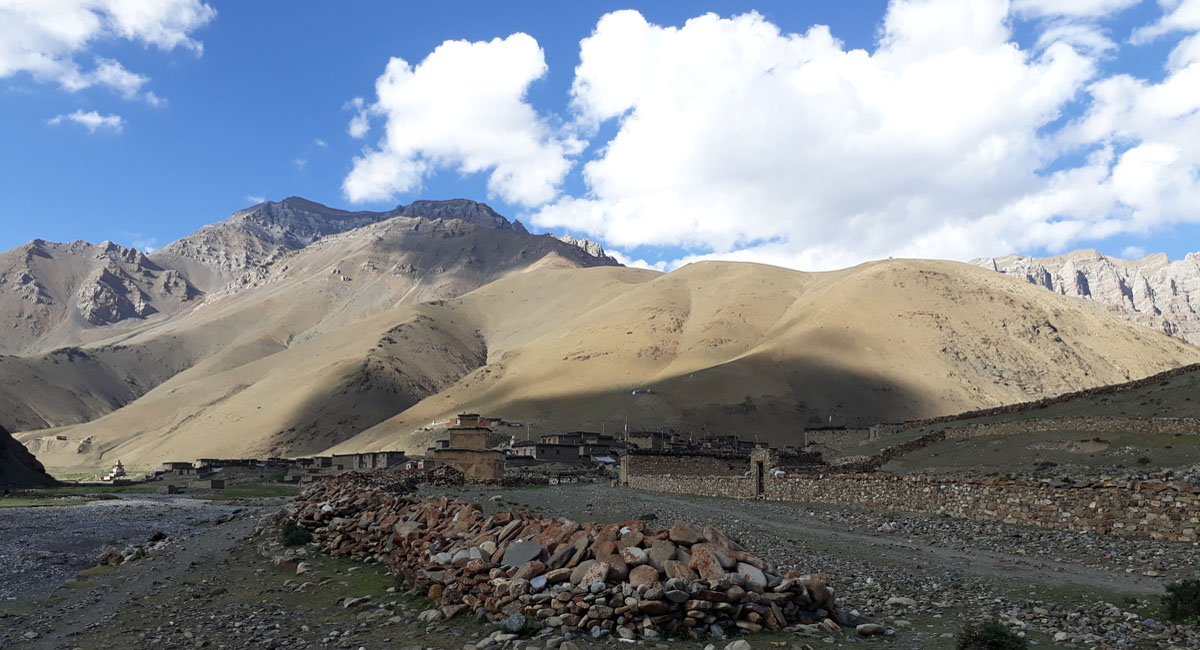
The monsoon season in Nepal typically runs from early June to the middle of September, with peak rainfall during July and August. At this period brings warm temperatures, high humidity, and frequent heavy showers, especially in the late afternoons and nights. Perhaps you know that these rains are driven by southwest winds from the Bay of Bengal, carrying moisture into the Himalayan foothills.
In the Terai lowlands, days are hot and extremely humid, with temperatures between 25°C and 40°C. Kathmandu Valley and middle hill areas are slightly cooler, ranging from 20°C to 30°C, but still sticky and wet. Higher up in the mountains, conditions are cooler with lighter rainfall, but clouds and fog often block Himalayan views.
Nepal is home to splendid trekking path associated in different districts associated with the Great Himalayan Trails (GHT). Be that as it may, for trekkers, monsoon presents real challenges. Trails turn muddy and slippery, and the risk of landslides and road blockages increases. Flight delays are frequent due to less visibility, especially to mountain airstrips like Lukla or Jomsom sector.
Yet, the monsoon also transforms Nepal into a lush green paradise. Rice fields flourish, waterfalls roar, and the forests burst with life. For a truly unique trekking experience, rain shadow territories like Mustang, Manang and Dolpo offer dry trails, stunning Himalayan vista, and rich culture makes an ideal monsoon trekking destinations.
Is it worth to trek in the monsoon time?
Trekking in the Himalayas of Nepal during monsoon is both challenging and rewarding, depending on your trek route and travel style. While it’s not the peak season, it appeals to adventurous trekkers seeking solitude, lush green scenery, and off the beaten path trekking routes.
Interestingly, some regions are located in the trans Himalayas and receive minimal rainfall even in peak monsoon. Trails in areas like Upper Mustang, Nar Phu, and Dolpo remain dry and accessible. These hidden gems provides a dramatic desert landscapes, Tibetan influenced culture, and surprisingly stable weather and even in July and August.
Fact of this Best Monsoon Treks in Nepal
Months: Early June to middle of September Rainfall: Intense, mostly PM showers and storms Temperature: Hot/humid in low areas, cooler in hills Risks: Landslides, flooding, travel disruptions Visibility: Often cloudy, especially afternoons Landscape: Lush, floral, green and especially at post rain Elevation: starts from 3,000 meters to 5,416 meters [Thorong La] . Highlights: Isolated valleys, stone villages, high passes routes Why Go: Less crowds, remote Himalayan culture, minimal rain.

